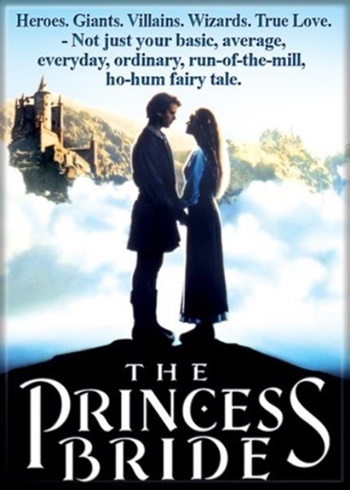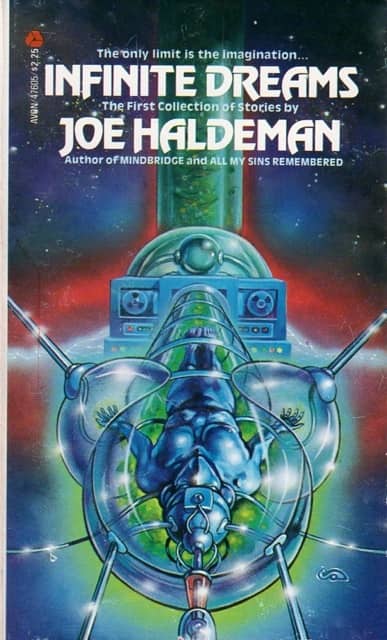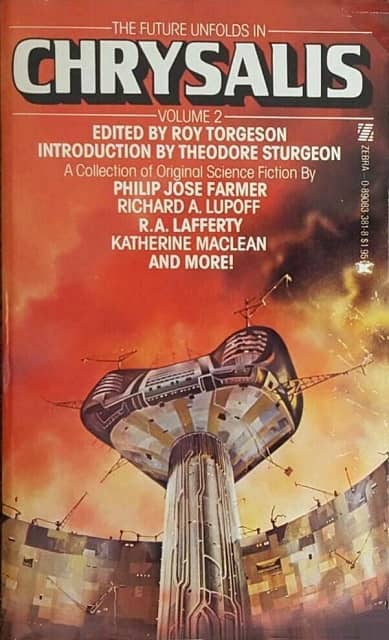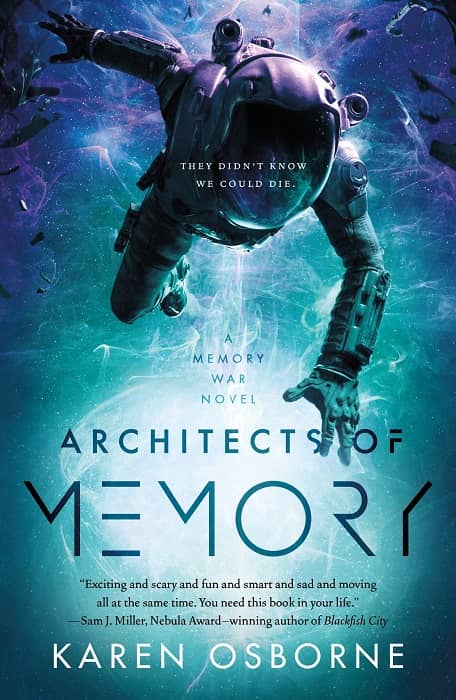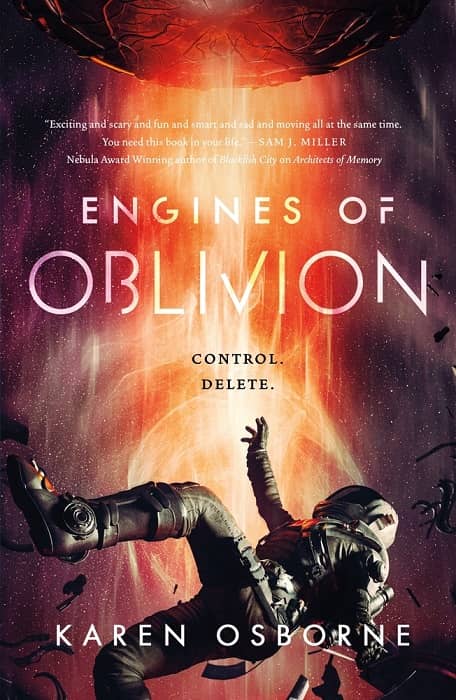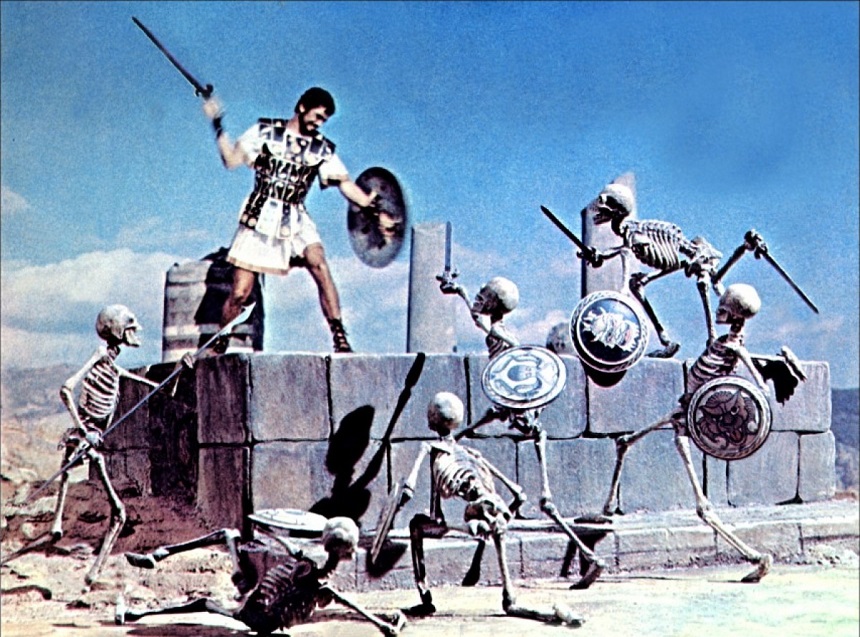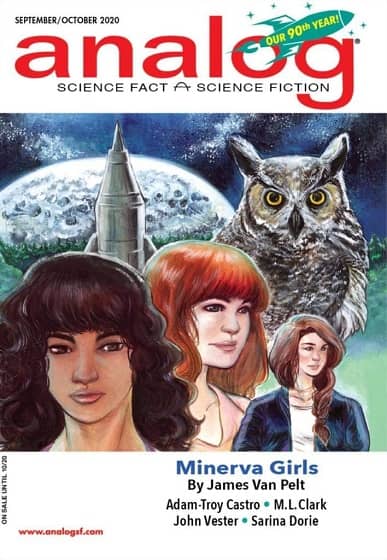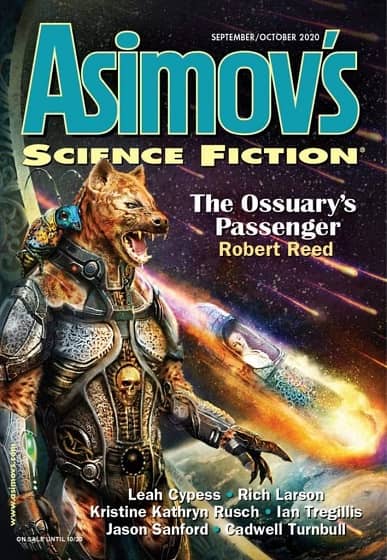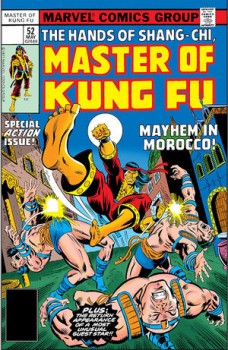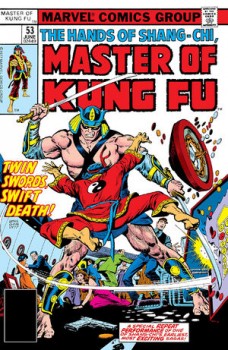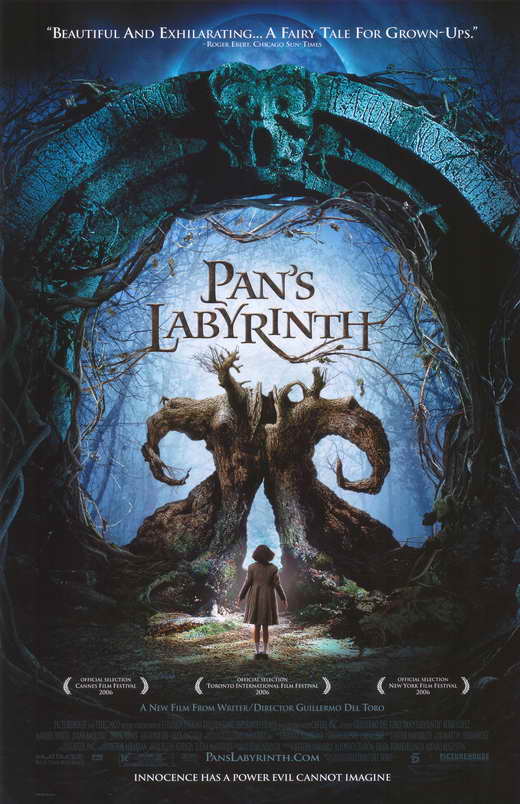Fodder for the Imagination: Nothing is Canon
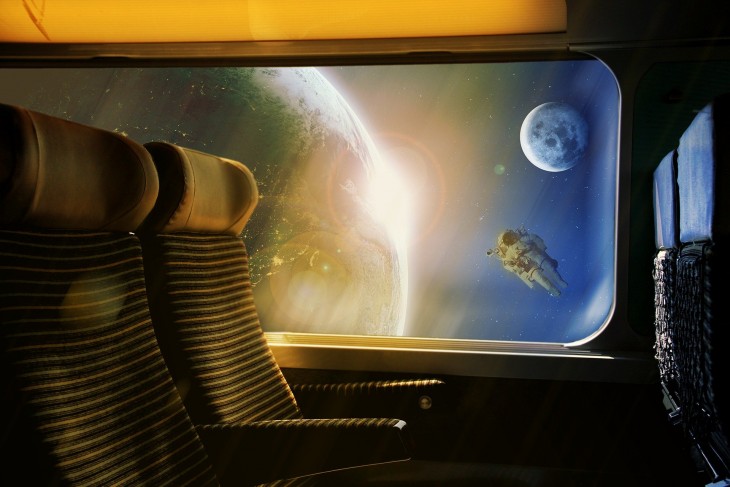
Good morning, Readers!
There has been, shall we say, a vigorous discussion happening online about speculative fiction, and whose favourites ought to be considered canon and thusly paid homage for all eternity, regardless of either their fraught legacies or the brilliance of newer fiction. For myself, I find it particularly odd that speculative fiction, particularly science fiction, famous for writing about the future should have adherents that are so backwards-looking. These people insist that past fiction should be heralded as beacons of the genre, and all future writers should know everything about these works.
Except that they don’t. Not really.
I’m not the only one to feel this way. John Scalzi has written a couple of blog posts along these lines recently, and I find I agree with him. It isn’t necessary for up and coming writers to know everything about writers or stories of the past. They’re writing fiction, not a dissertation on the history and development of fiction.
And more, with a world that is privy now to a greater pool of stories; a great influx of them having little to do with the distinctly European roots and focus of fictions past. From primary sources, including archaeology and repositories of mythologies previously unknown to us, to modern writers drawing on their own cultural traditions and morays, what old white men wrote back in the day is decreasingly relevant.

